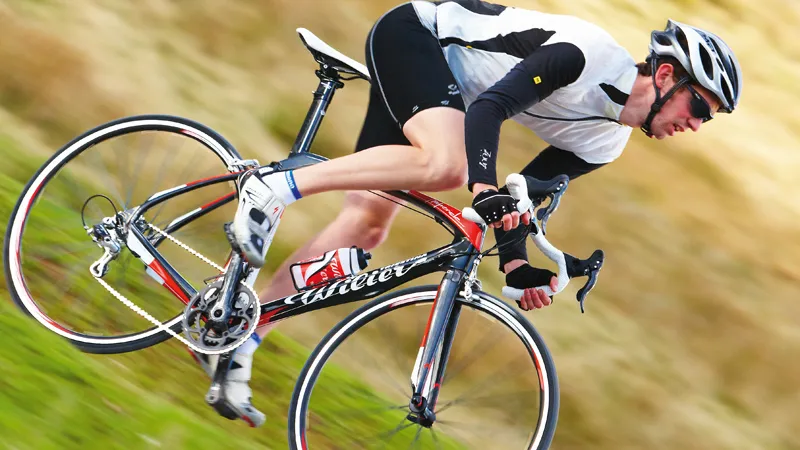We’re all creatures of habit, especially when it comes to our cycling. But some habits are bad. Break them, says Matt Barbour, and you’ll become a better rider.
Bad habit 1: Going too fast, too soon
Leading the pack from the off has an obvious draw, but if you want to cross the finish line in pole position you might need to rethink your strategy.
“If your heart rate is too high in the starting 30 minutes, your metabolic rate goes up and your body goes into sugar-burning mode,” says Andy Wadsworth, director of My Life Personal Training and an elite cycling trainer.
“You need to train your body to use the longer-lasting fat reserves rather than sugars, which will literally burn out in half the time.” Start slow and you’ll set a precedent for the whole ride, he says. if you don’t want to blow up, only up the intensity after 30 minutes of riding at a conversational pace.
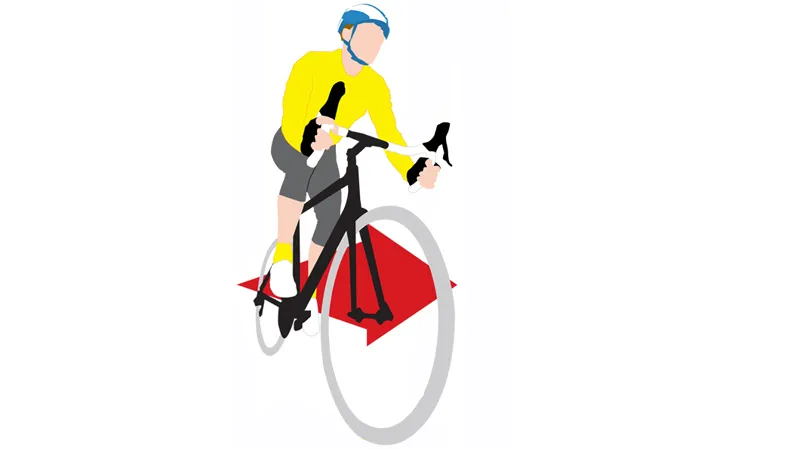
So for the first 30 minutes, work at a perceived exertion rate (RPE) of no more than five out of 10 and then move up to eight or nine out of 10 for six two- to four-minute intervals, with six-minute rest intervals between each, again working at five out of 10.
At the end of that batch, do another 30 minutes of steady-state training and repeat. “If you haven’t been able to recover adequately to tackle the next interval, increase your rest phase, or decrease the length of your high-intensity interval,” says Wadsworth.
Bad habit 2: Climbing in wrong gears
Whatever gradient you’re on, you need a consistent cadence of 90-100rpm. “Ninety to 100 rpm is simply the most efficient ratio,” says John Herety, team manager of Rapha Condor-JLT.
"Any lower and you’re in too high a gear, putting too much strain on your joints; any higher and you’re in too low a gear, wasting valuable energy spinning your legs around at speed.” And while that latest NASA-worthy electronics system that you’ve got on board might help you count, go back to basics, he says.
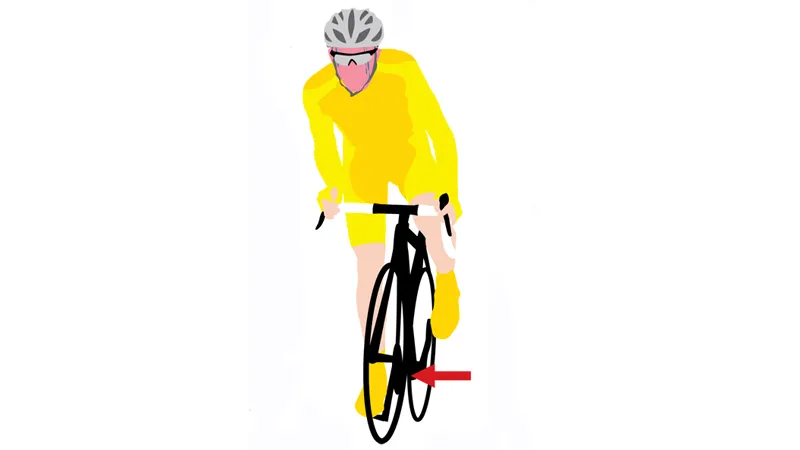
“You need to develop a feel for how fast your legs are going round, so practise counting for 15 or 30 seconds on every single ride until you know without looking what it feels like to be in the right zone. The best Formula 1 drivers listen to their engines and know how it’s responding, which is exactly what you should be doing.”
Related: Gear down to go faster
Bad habit 3: Too much time at the front/back of groups
Learn how to draft to conserve energy – but don’t become a wheel sucker and ‘forget’ to take your turn. “Cycling off the front of an eight-man pack can reduce oxygen consumption by almost 40 percent,” says Herety.
“But spend too long at the back and you’ll earn the nickname ‘wheel sucker’ and lose friends. Spend too long at the front, though, and you’ll be exhausted.”
The key, he says, is communication and trust. “You need to agree a specific time period – say 60 seconds – for each rider to lead, or if you’re tackling a particularly tough hill you need to be able to communicate that you need to drop back sooner.”
Do this by signalling clearly with a flick of your elbow that you’re pulling out, accelerate forward briefly, so you don’t clip wheels with anyone directly behind you, then go out and allow the next rider to accelerate smoothly past you, tucking in behind.

“For real efficiency, you need to stay as close to the person in front as possible, focusing on the brake callipers rather than the wheel so there’s just inches between you,” says Herety. Which means keeping it smooth.
“One of my pet hates is people suddenly standing up on hills, slowing down, which causes countless accidents. Nobody will ever think the worse of you for asking if it’s your turn to step up or back, but they will if you make any sudden movements and cause the mother of all pile-ups.
"It’s best to avoid hitting the brakes and slightly pull out to the side of the pack to use wind resistance to slow yourself down more gradually."
Bad habit 4: Never resting
Overtraining can cause persistent soreness, suppressed immunity, injuries, moodiness and loss of motivation. “Rest isn’t the absence of training, it’s an important component of it,” says Wadsworth.
“During recovery periods, your cardiovascular and muscular systems are restored and rebuilt to a higher level – that’s where all performance gains are made.” Every training programme should have a rest day in addition to two or three easy days (shorter, less intense rides following harder efforts) each week, he says.
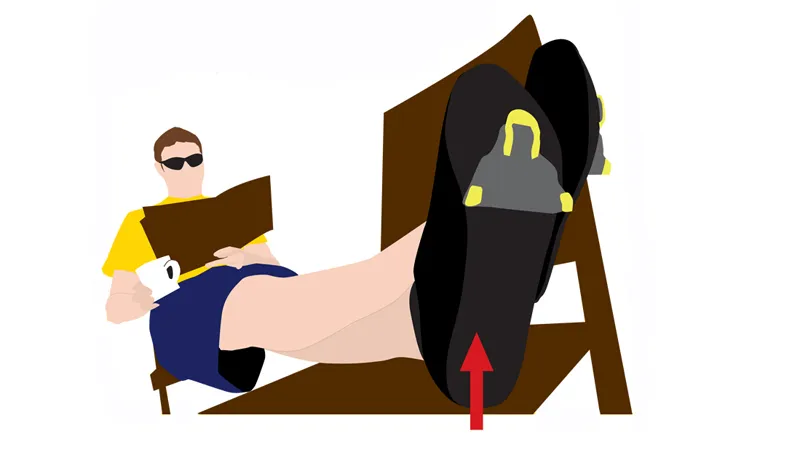
“If you haven’t had a strenuous week, it’s all right to cross-train – swim, take a yoga class, or treat your dog to a long walk. But if you’re coming off a high-mileage week, reward yourself with a day of total rest. Schedule a massage or breakfast with a friend so you’ll feel like the time off was well spent.”
Related: Want to get faster? Take a week off
Bad habit 5: Cycling, cycling and more cycling
Clocking up the miles will do your cycling no end of good, but ignore your overall fitness and you could ultimately suffer. "Cycling isn't an all-round form of activity,” says Matt Rabin, nutritional advisor with Team Garmin-Sharp. “It uses predominantly the lower body muscles and in a very specific, limited way.”
The upshot is that your cycling muscles will become short and tight, and non-cycling muscles will become weak, creating imbalances – little wonder that in one Californian study of over 500 randomly selected recreational cyclists, over 85 percent reported overuse injuries.
Supplement your riding with conditioning specific work. “Focusing on core stability keeps the pelvic girdle and spine in the perfect position to stop the pelvis tipping forward and prevents backache and poor form,” says Rabin.
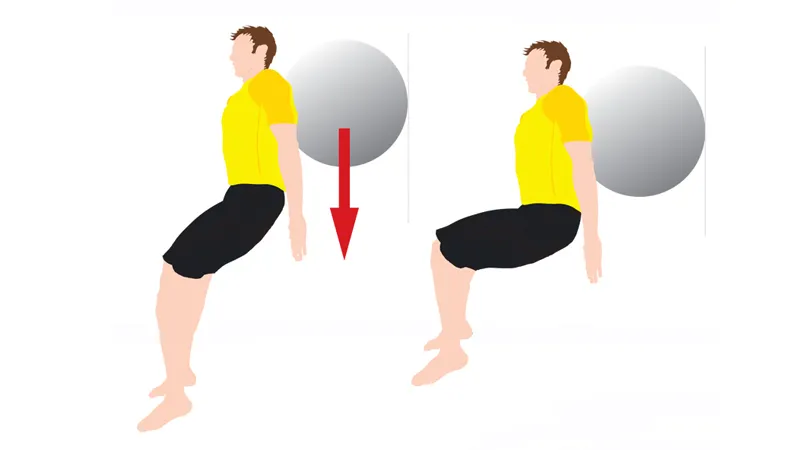
Try toe touchdowns – lie on your back with knees bent and hands under your back. Contract your abs and press your back against your hands, then slowly lift one foot a few inches off the floor, pause and lower.
Swap feet and continue until you lose the pressure against your hands. Avoid overly-tight hamstrings by doing 12 toe curls off the edge of a step, then turn around and do 12 heel drops.
And avoid knee maltracking and strengthen your glutes with wall ball squats: place a fitness ball between your back and a wall and slowly squat down until your thighs are parallel to the ground.
Bad habit 6: Pre-ride faffing
Nothing is more infuriating than having to wait while other riders endlessly adjust and check their kit – and if that laggard is you, as well as losing friends you’ll lose time in the saddle. “You have to know the moment you get on your bike it’s ready to ride, so always prep it for the next ride the moment you finish your last one,” says Wadsworth.
“Any niggles will be ultra-fresh in your mind, so you’ll know exactly what needs looking at. Clean it, oil it, check the wheels are in properly, and check you’ve got your pump, spare tubes and tyre levers, so it’s literally ready to ride the moment you pick it up.
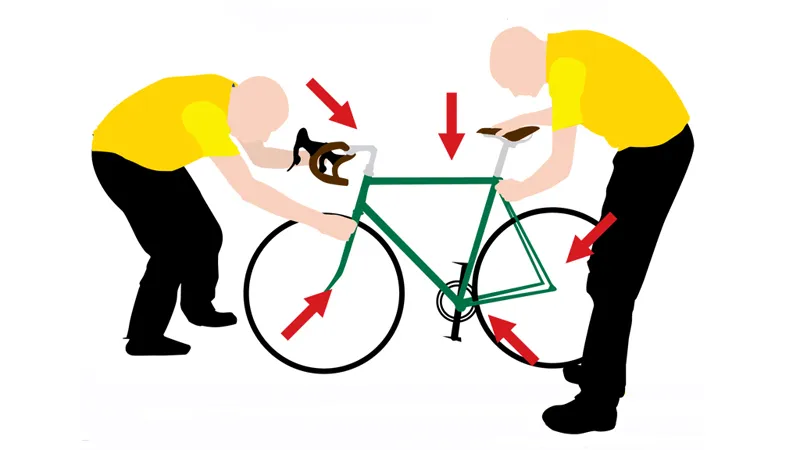
"If you had a flat on your car you wouldn’t leave it on the road unfixed until the next time you needed to go somewhere – you’d sort it straight away, which is what you should do with your bike.”
And for those riders who suffer some form of obsessive compulsive disorder and can’t stop re-checking their kit, keep a simple checklist with your spare tubes and tick off each item – including sports drinks, energy bars and wet weather clothing – after each ride.
“Actually seeing it in black and white will mean your mind can move on to other things so you can actually get out there, riding, in half the time,” he says.
Related: Banish the pre-ride faff
Bad habit 7: Avoiding hills
Riding at full-throttle is exhilarating, but any rider knows that if they want to truly improve, they have to head for the hills. “Anyone who says they’re ‘not good’ at hills is wrong – they’re just avoiding them because they think they’re not good at them,” says Wadsworth. But he isn’t an advocate of finding the biggest hill you can and grimacing to the top.
“Incorporating smaller, relatively shallow four to eight percent gradient hills that last from 20 seconds to two minutes, keeping the power output up throughout, will have much bigger benefi ts – as you become used to increasing power for short bursts so your body and energy systems adapt.”

He reckons that if you add just two or three 30-minute hilly rides a week you’ll actually start enjoying them and start seeking them out rather than avoiding them. You’ll start focusing on power output – attacking each hill in progressively harder gears at the same cadence, rather than spinning your way up in easy gears – rather than speed, which is where improvement lies.
And just because you’ve conquered a climb, don’t take your foot off the gas. “Actually accelerating once you reach the top will set you apart from the competition when it comes to racing,” says Wadsworth.
“I see so many riders drop down the gears at the top and coast, when that’s the last thing you should be doing. Again, don’t just focus on huge climbs for this – it can be done every time you’re facing a small slope, even if you’re just commuting in town, and will make you psychologically much stronger.”
Related: Improve at climbing without big hills
Bad habit 8: Being your own quack
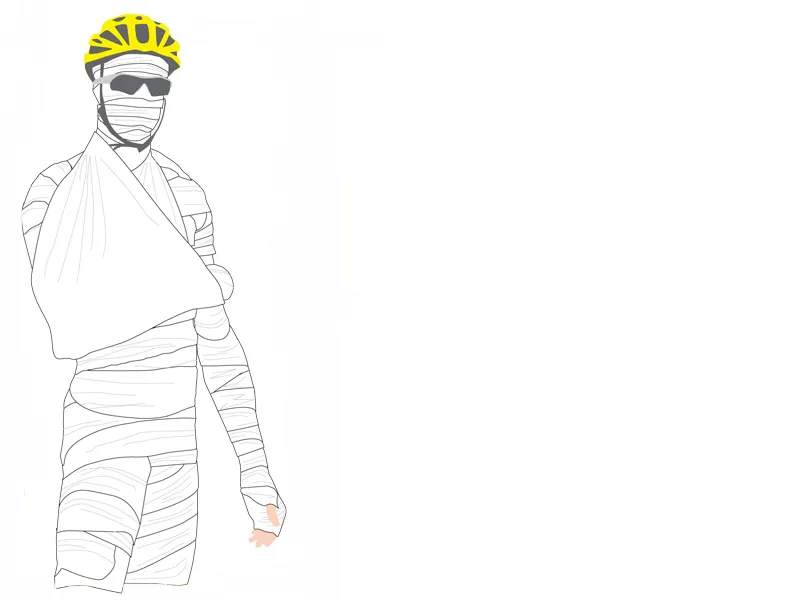
Cyclists – like any half-serious athletes – are often hyperaware of their bodies, and when something’s ‘off’ they can be all too quick to self-diagnose. “We’ll ice a tight hamstring, pop ibuprofen, and grind through lingering pain,” says Joy Potts, a former international cyclist who became an osteopath and opened a clinic specialising in sports injuries.
“Minor injuries wrongly diagnosed could turn into serious issues such as muscle tears or long-term back pain.” So, when you have a nagging ache or pain, the sooner you see a doctor – preferably a sports-medicine specialist – the faster you’ll be back on track. If you’ve been sluggish on rides, schedule a check-up.
Asthma, a heart murmur, high blood pressure or anaemia can sap energy levels. Ask your doc to test your blood’s iron stores. “Serum ferritin, a protein responsible for iron storage, can become depleted,” says Potts, “and is associated with slower recovery and declining performances.”
Related: How to out-think an injury
Bad habit 9: Not fuelling properly
Don’t give your body any nasty surprises – make sure you’re used to what you’re filling up on. “Too often riders enter a sportive or race with a major nutrition sponsor and, because it’s free, try products that are unfamiliar to them,” says Rabin.
“This often leads to ‘GI irritation’, cramps and stomach upsets, which has the double whammy of making you feel pretty rotten and also stop taking in enough fluids and fuel.” He advises never trying anything in a sportive you haven’t trained on extensively. Likewise, during training you need to practise your nutritional strategy, so eat and drink on the bike, finding out what works for you.
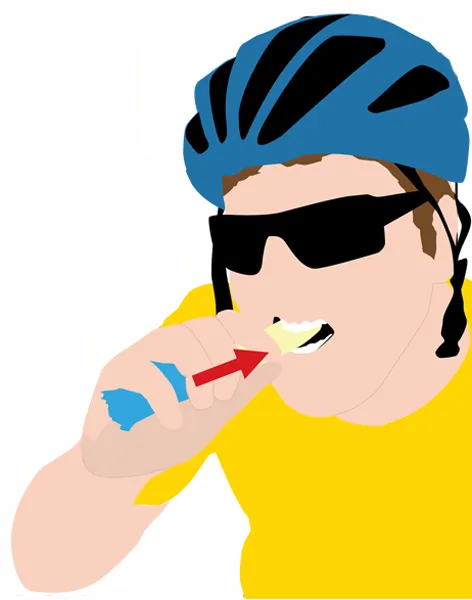
Also, pre-ride, prepare your food for your return. There’s a 45-minute optimal window to replenish glycogen stores after a long ride, after which time your muscles won’t be able to re-stock their energy shelves, leaving you struggling over the next few days, affecting performance and energy levels.
Related: Are you eating enough to fuel your cycling?
Bad habit 10: Lack of sleep
Cyclists who short-change sleep compromise recovery, immunity and mental sharpness. “Sleep enhances the restoration of cells that are damaged from exercise,” says Professor Jim Horne from the Sleep Research Centre at Loughborough University.
Getting enough shut-eye can also ward off ‘effort headaches’. A 1999 study found distance cyclists experienced twice the number of headaches as non-cyclists. Horne says this is most likely due to the dilation of blood vessels and sinuses that occurs during exercise.
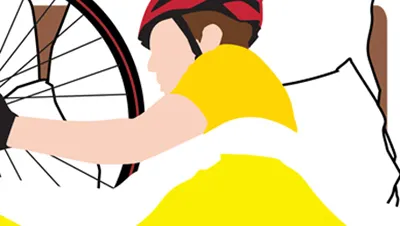
The good news: headaches occurred less frequently when the cyclists got more sleep. Some people are fine with five hours’ sleep, others require 10. “Athletes who put greater demands on their bodies tend to benefit from the higher end of that range,” says Horne.
Note how many hours you get each night in your training log. Review it and look for patterns. Once you figure out your target number, try to hit it each night, particularly in the week leading up to a ride. “Consistency and knowing what works for you is the key,” says Horne.
Related: How to get a good night's sleep
